In Brief: The A5 Vigilante was a gracy beast

The North American A-5 Vigilante was a carrier-based supersonic bomber, designed and built by North American Aviation on a USN specifications, designated A3J and later A-5. Development of this futuristic model started nack in 1954 as a private venture, as the company believed to can guess futurs specs and worked on a supersonic long-distance bomber notably as replacement for the failed XA2J Super Savage.
It was very large and did not lacked innovatiions, such as a digital computer, a top speed of Mach 2 with a nuclear payload, which were quite ambitious for the time. The US Navy saw the value of NA's concept and funded further development with a production order coming as soon as 29 August 1956. The prototype flew on 31 August 1958 and entered service in June 1961, replacing the Douglas A-3 Skywarrior as primary nuclear strike aircraft.
However this decade was not tender for manned bombers in the nuclear strategy as ballistic missiles were gradually preferred. The Vigilante was rinvented as a long range tactical strike reconnaissance variant (RA-5C), seeing plenty of action in the Vietnam War and blasting all world records in distance speed and altitude, unheard of for a carrier-based model. But it was starting to show its age and was gradually phased out in the mid-1970s, being expensive and complex to operate, falling to the axe of post-1973 crisis cutbacks.
Work in Progress, release planned 2025
Development

Design
The North American A-5 Vigilante was a supersonic bomber designed for the United States Navy in the late 1950s. Manufactured by North American Aviation it was originally designed as a carrier-based nuclear strike bomber, it was later adapted for reconnaissance missions. First Flight was in August 31, 1958 and service Entry in 1961. It was a behemoth, 76 feet 6 inches (23.32 meters) long 53 feet (16.15 meters) in span, and 19 feet 4 inches (5.89 meters) tall.Both its wings and tail folded to make it fit in the relatively large hangar of supercarriers of the Forrestal, Kitty Hawk, Nimitz class and USS Enterprise. It was mostly seen with the latter. Its weight of 42,500 pounds (19,278 kg) and up to 80,000 pounds (36,287 kg) at Max Takeoff pushed the very limits of decks strenght, lift capacity and catapult.
Powered by Two General Electric J79-GE-8 turbojet engines, each producing 17,000 pounds of thrust with afterburner. It was capable of Over Mach 2 (approximately 1,385 mph or 2,228 km/h at altitude) and a max Range in stright line as reconnaissance model without military payload, of 2,400 miles (3,860 km). Service Ceiling was 52,100 feet (15,880 meters) making it unlikely to be caught by any existing Soviet interceptor in 1961.
As a recce model it was equipped with various sensors and cameras for the reconnaissance role when adapted to the RA-5C configuration for photo-reconnaissance missions, becoming a crucial asset during the Vietnam War for its high-speed and high-altitude capabilities. As a bomber it had a unique linear bomb bay where the bomb was ejected rearward, a design different from traditional bombers. It also had Advanced Avionics, sophisticated for its time, including an inertial navigation system and radar.
The A-5 Vigilante was a technologically advanced aircraft for its era and played a significant role during its service. However, its original mission as a nuclear strike bomber was relatively short-lived due to strategic changes and the evolution of carrier aviation tactics. Its adaptation to the reconnaissance role ensured a more extended operational life, particularly during the Vietnam War. The aircraft was retired from service in the late 1970s.
⚙ A5A Vigilante early specifications | |
| Empty Weight | 32,783 lb (14,870 kg) |
| Gross Weight | 47,631 lb (21,605 kg) |
| Max Takeoff weight | 63,085 lb (28,615 kg) |
| Lenght | 76 ft 6 in (23.32 m) |
| Wingspan | 53 ft 0 in (16.16 m) |
| Height | 19 ft 5 in (5.91 m) |
| Wing Area | 701 sq ft (65.1 m2) |
| Engines | 2× GE J79-GE-8 after-burning turbojets 10,900 lbf (48 kN) thrust |
| Top Speed | 1,149 kn (1,322 mph, 2,128 km/h) at 40,000 ft (12,000 m) |
| Cruise Speed | |
| Range | 974 nmi (1,121 mi, 1,804 km), 1,571 nmi ferry |
| Climb Rate | 8,000 ft/min (41 m/s) |
| Ceiling | 52,100 ft (15,900 m) |
| Armament | B27, B28 or B43 freefall nuclear bomb or B43, Mark 83, Mark 84 bombs on external hardpoints. |
| Crew | 2 |
Combat Records

(To come)
Gallery:

A5A from VAH-7 Peacemakers, USS Enterprise 1962.








A5A from VAH-7 Peacemakers, USS Enterprise 1962.
Photos







Videos:
The Models Corner:
-To come- Lohner E (1913)
- Macchi M3 (1916)
- Macchi M5 (1918)
- Ansaldo ISVA (1918)
- Sopwith Baby (1916)
- Short 184 (1916)
- Fairey Campania (1917)
- Sopwith Cuckoo (1917)
- Felixstowe F.2 (1917)
- Friedrichshafen FF 33 (1916)
- Albatros W4 (1916)
- Hanriot HD.2
- Grigorovitch M5
- IJN Farman MF.7
- IJN Yokosho Type Mo
- Yokosho Rogou Kougata (1917)
- Yokosuka Igo-Ko (1920)
- Curtiss N9 (1916)
- Aeromarine 39
- Vought VE-7
- Douglas DT (1921)
- Boeing FB.5 (1923)
- Boeing F4B (1928)
- Vought O2U/O3U Corsair (1928)
- Supermarine Seagull (1922)
- Blackburn Ripon (1926)
- Fairey IIIF (1927)
- Fairey Seal (1930)
- Caspar U1 (1921)
- Dornier Do J Wal (1922)
- Rohrbach R-III (1924)
- Mitsubishi 1MF (1923)
- Mitsubishi B1M (1923)
- Yokosuka E1Y (1923)
- Nakajima A1N (1927)
- Nakajima E2N (1927)
- Nakajima A4N (1929)
- CANT 18
WW1
✠ K.u.K. Seefliegerkorps: USA
USA
Interwar
- Curtiss SOC seagull (1934)
- Grumman FF (1931)
- Curtiss F11C Goshawk (1932)
- Grumman F2F (1933)
- Grumman F3F (1935)
- Northrop BT-1 (1935)
- Grumman J2F Duck (1936)
- Consolidated PBY Catalina (1935)
- Brewster/NAF SBN-1 (1936)
- Curtiss SBC Helldiver (1936)
- Vought SB2U Vindicator (1936)
- Brewster F2A Buffalo (1937)
- Douglas TBD Devastator (1937)
- Vought Kingfisher (1938)
- Curtiss SO3C Seamew (1939)
- Douglas SBD Dauntless (1939)
- Grumman F4F Wildcat (1940)
- F4U Corsair (NE) (1940)
- Brewster SB2A Buccaneer (1941)
- Grumman TBF/TBM Avenger (1941)
- Consolidated TBY Sea Wolf (1941)
- Grumman F6F Hellcat (1942)
- Curtiss SB2C Helldiver (1942)
- Curtiss SC Seahawk (1944)
- Grumman F8F Bearcat (1944)
- Ryan FR-1 Fireball (1944)
- Douglas AD-1 Skyraider (1945)
Fleet Air Arm
- Fairey Swordfish (1934)
- Blackburn Shark (1934)
- Supermarine Walrus (1936)
- Fairey Seafox (1936)
- Blackburn Skua (1937)
- Short Sunderland (1937)
- Blackburn Roc (1938)
- Fairey Albacore (1940)
- Fairey Fulmar (1940)
- Grumman Martlet (1941)
- Hawker sea Hurricane (1941)
- Brewster Bermuda (1942)
- Fairey Barracuda (1943)
- Fairey Firefly (1943)
- Grumman Tarpon (1943)
- Grumman Gannet (1943)
- Supermarine seafire (1943)
- Blackburn Firebrand (1944)
- Hawker Sea Fury (1944)
IJN aviation
- Aichi D1A "Susie" (1934)
- Mitsubishi A5M "Claude" (1935)
- Nakajima A4N (1935)
- Yokosuka B4Y "Jean" (1935)
- Mitsubishi G3M "Nell" (1935)
- Nakajima E8N "Dave" (1935)
- Kawanishi E7K "Alf" (1935)
- Nakajima B5N "Kate" (1937)
- Kawanishi H6K "Mavis" (1938)
- Aichi D3A "Val" (1940)
- Mitsubishi A6M "zeke" (1940)
- Nakajima E14Y "Glen" (1941)
- Nakajima B6N "Jill" (1941)
- Mitsubishi F1M "pete" (1941)
- Aichi E13A Reisu "Jake" (1941)
- Kawanishi E15K Shiun "Norm" (1941)
- Nakajima C6N Saiun "Myrt" (1942)
- Yokosuka D4Y "Judy" (1942)
- Kyushu Q1W Tokai "Lorna" (1944)
Luftwaffe
- Arado 196 (1937)
- Me109 T (1938)
- Blohm & Voss 138 Seedrache (1940)
Italian Aviation
- Savoia-Marchetti S.55
- IMAM Ro.43/44
- CANT Z.501 Gabbiano
- CANT Z.506 Airone
- CANT Z.508
- CANT Z.511
French Aeronavale
- GL.300 (1926-39)
- Levasseur PL.5 (1927)
- Potez 452 (1935)
- Loire 210 (1936)
- Loire 130 (1937)
- LN 401 (1938)
Soviet Naval Aviation
- Shavrov SH-2 (1928)
- Tupolev TB-1P (1931)
- Beriev MBR-2 (1930)
- Tupolev MR-6 (1933)
- Tupolev MTB-1 (1934)
- Beriev Be-2 (1936)
- Polikarpov I16 naval (1936)
- Tupolev MTB-2 (1937)
- Ilyushine DB-3T/TP (1937)
- Beriev Be-4 (1940)
-
Skoda Š-328V
R-XIII Idro
Fokker C.XI W (1934)
WW2
- De Havilland Sea Vixen
- Hawker Sea Hawk
- Supermarine Scimitar
- Blackburn Buccaneer
- Hawker Sea Harrier
- Douglas A4 Skyhawk
- Grumman F9F Panther
- Vought F8 Crusader
- McDonnell-Douglas F-4 Phantom-II
- North Am. A5 Vigilante
- TU-142
- Yak 38 forger
☢ Cold War
✧ NATO
 Fleet Air Arm
Fleet Air Arm
 US Navy
US Navy
☭ Warsaw Pact
Merch
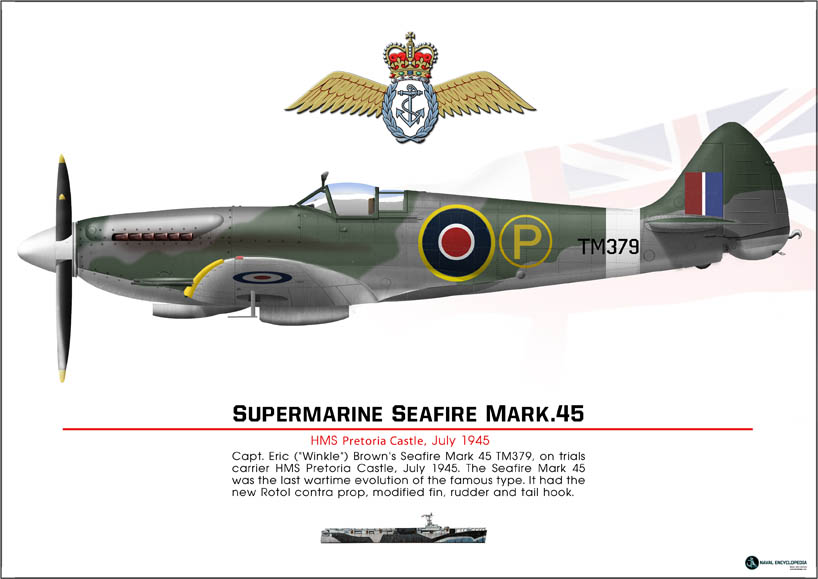
Seafire Mark 45; HMS Pretoria Castle
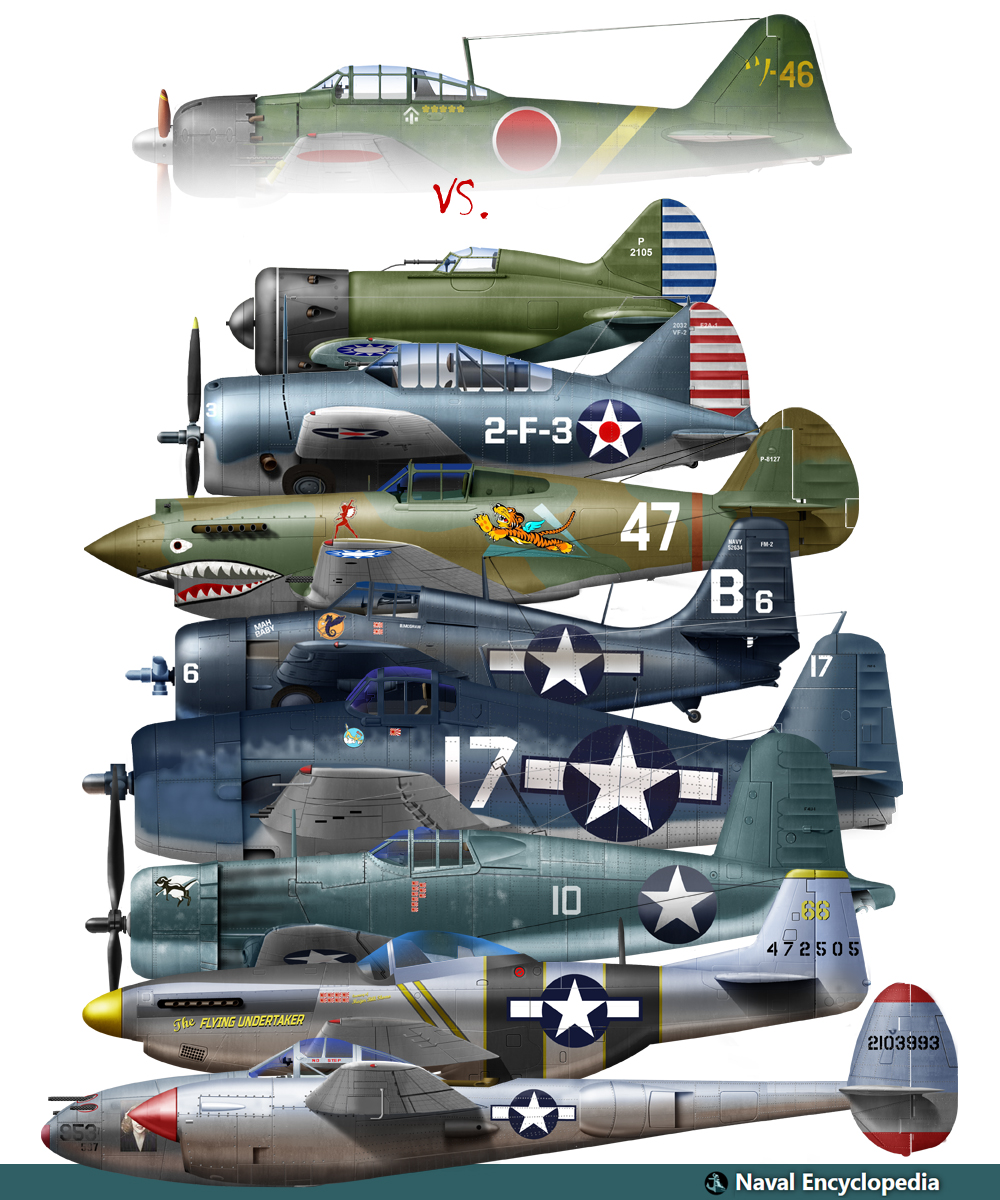
Zeros vs its aversaries
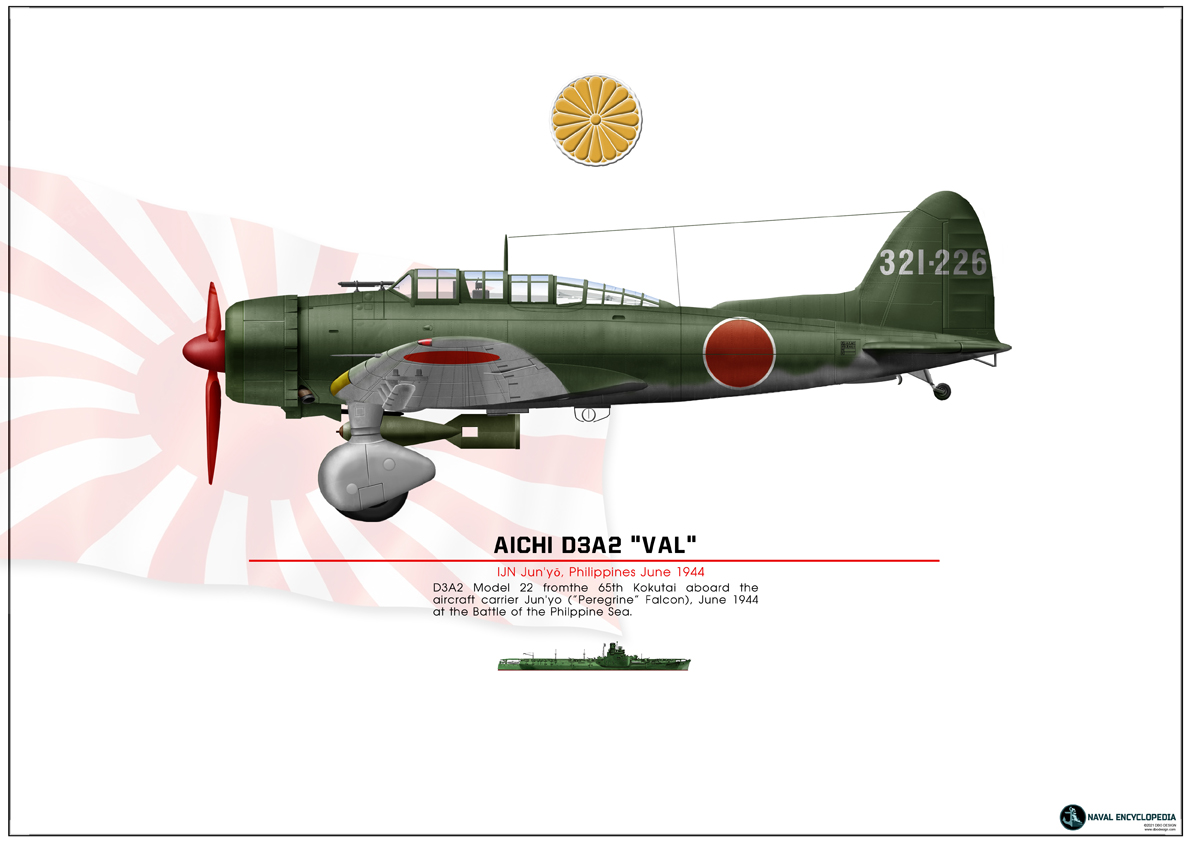
Aichi D3A “Val” Junyo
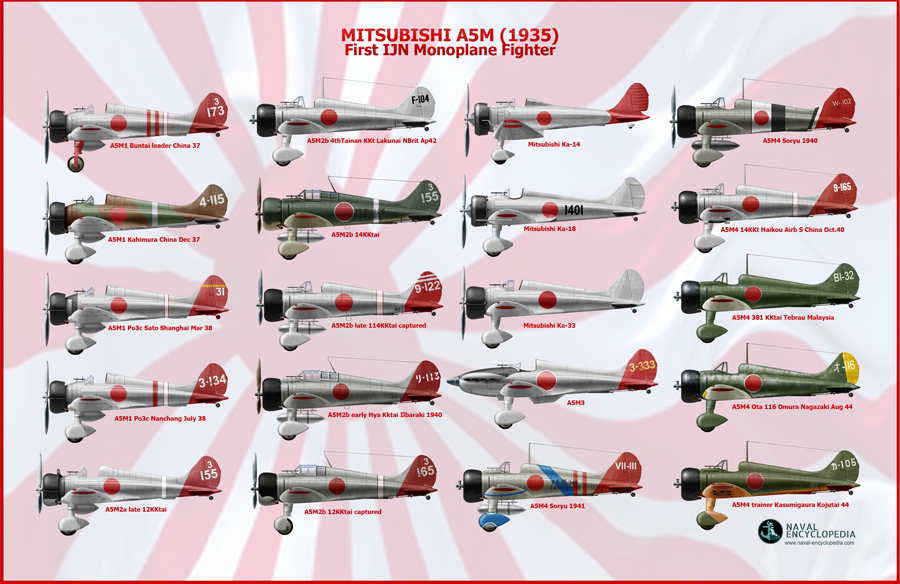
Mitsubishi A5M poster
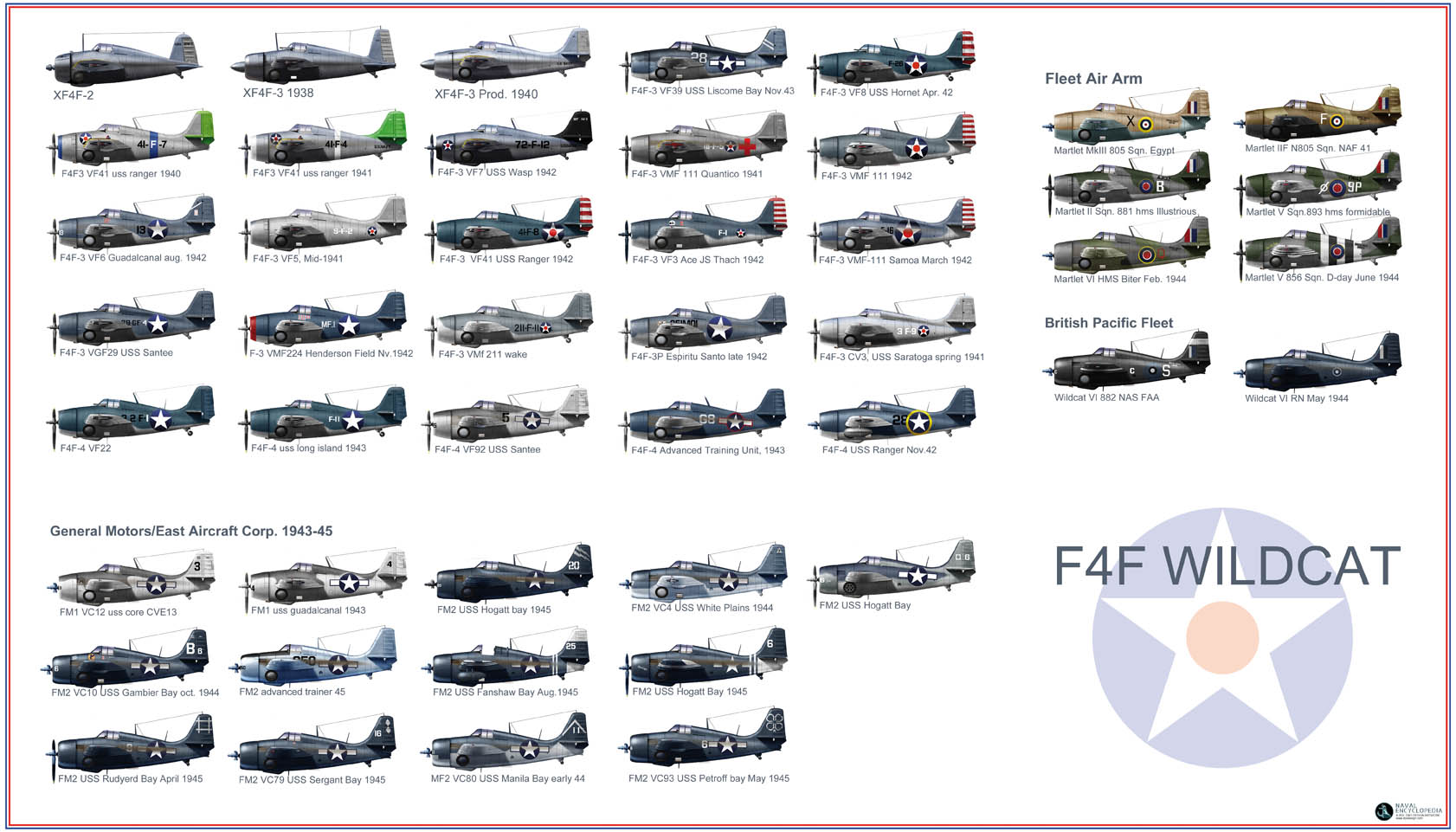
F4F wildcat
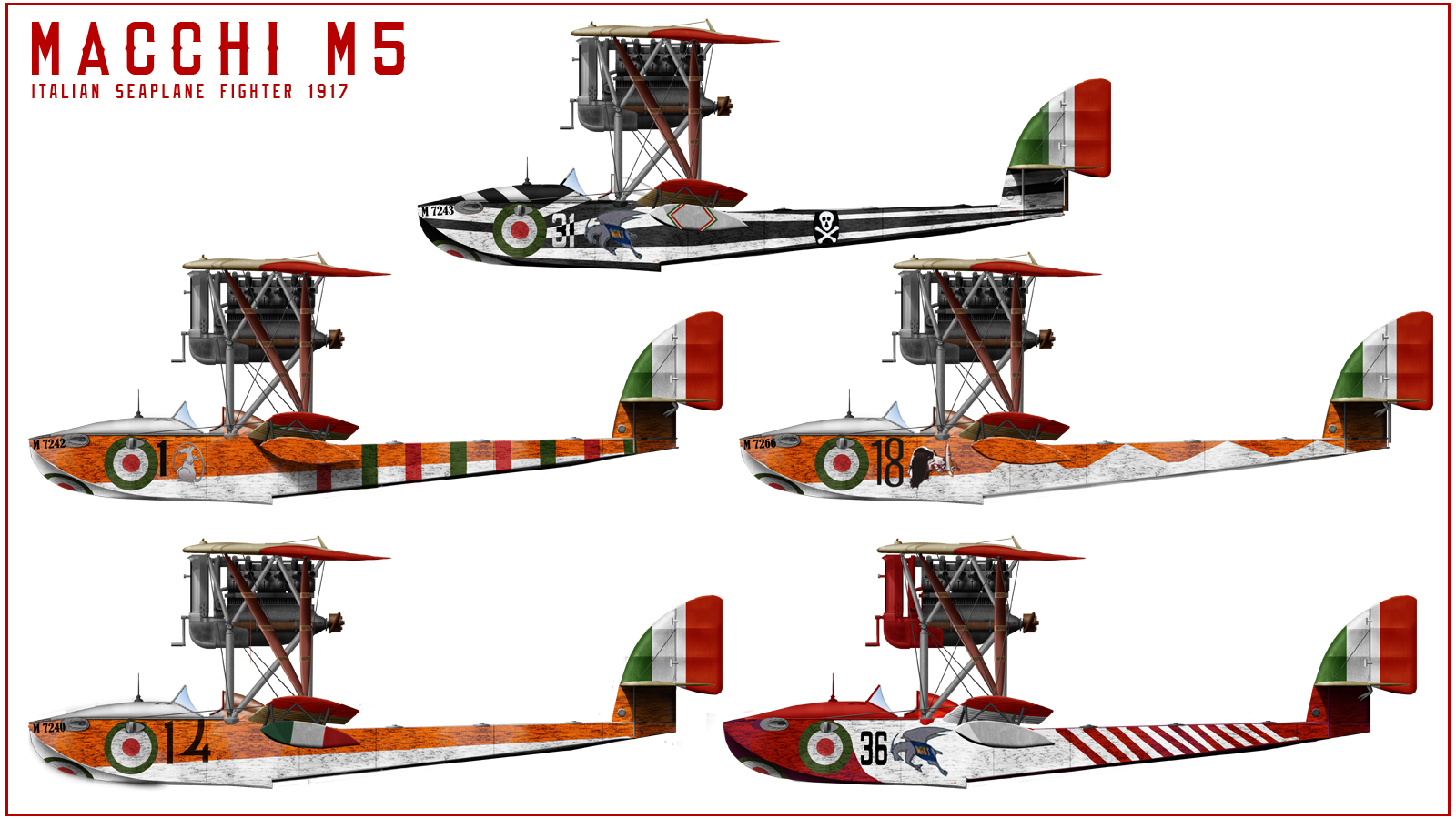
Macchi M5
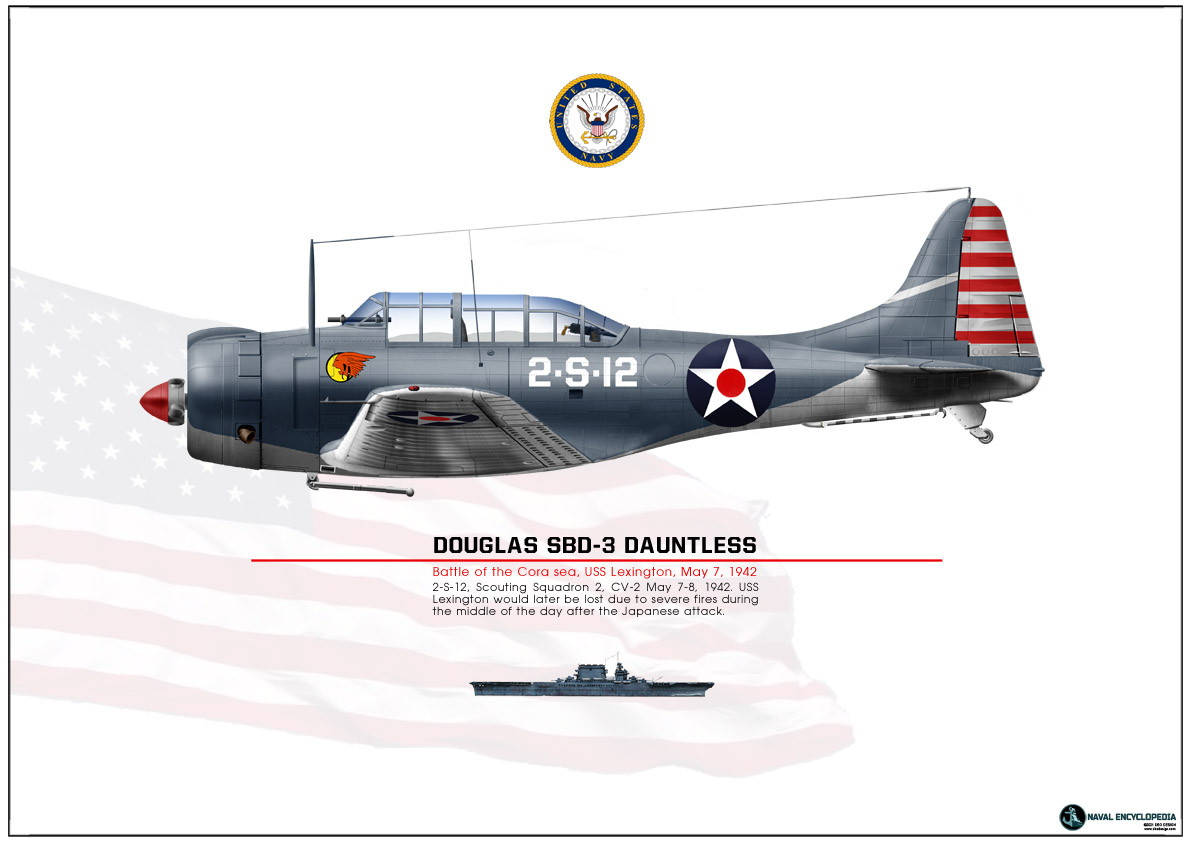
SBD Dauntless Coral Sea
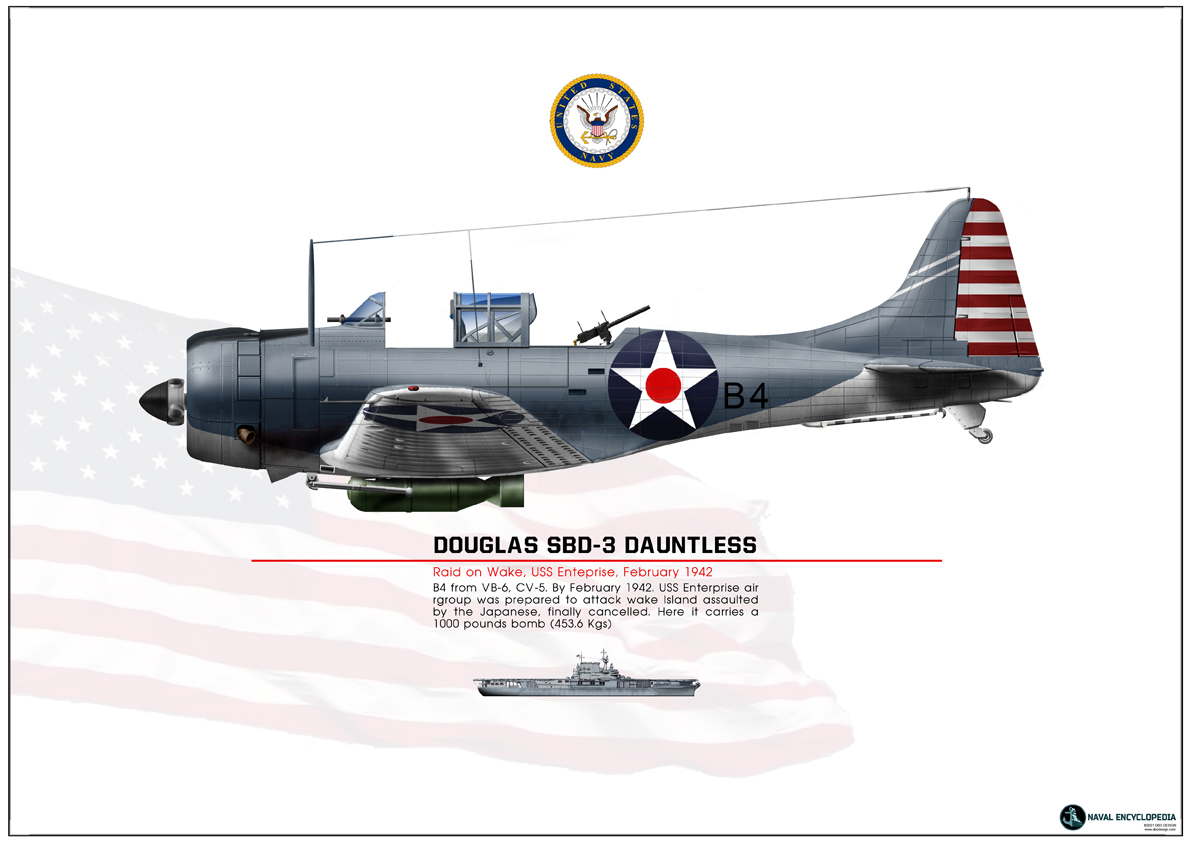
SBD Dauntless USS Enterprise
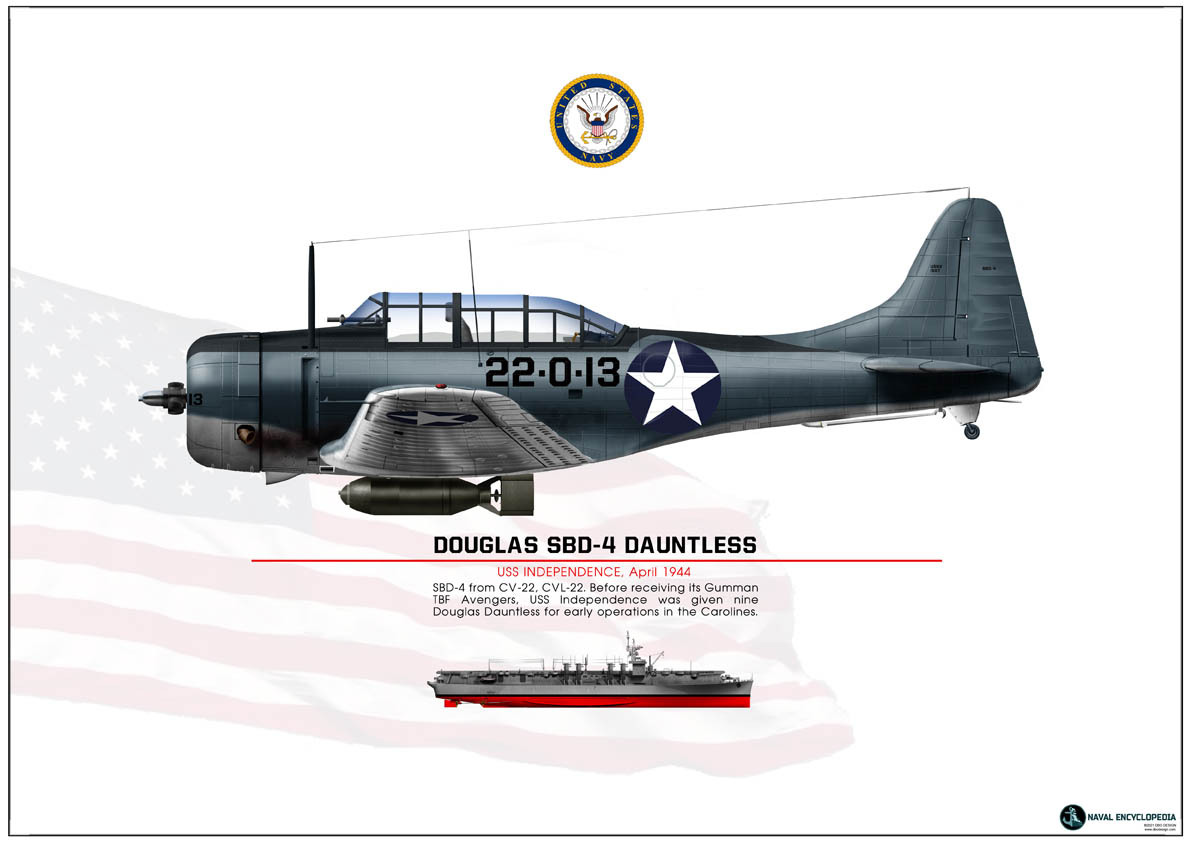
SBD-4 CV22
